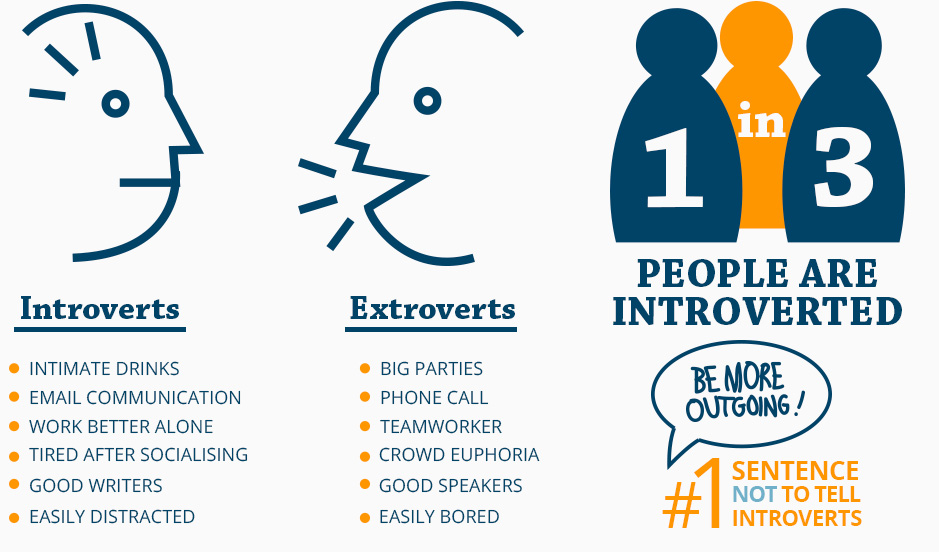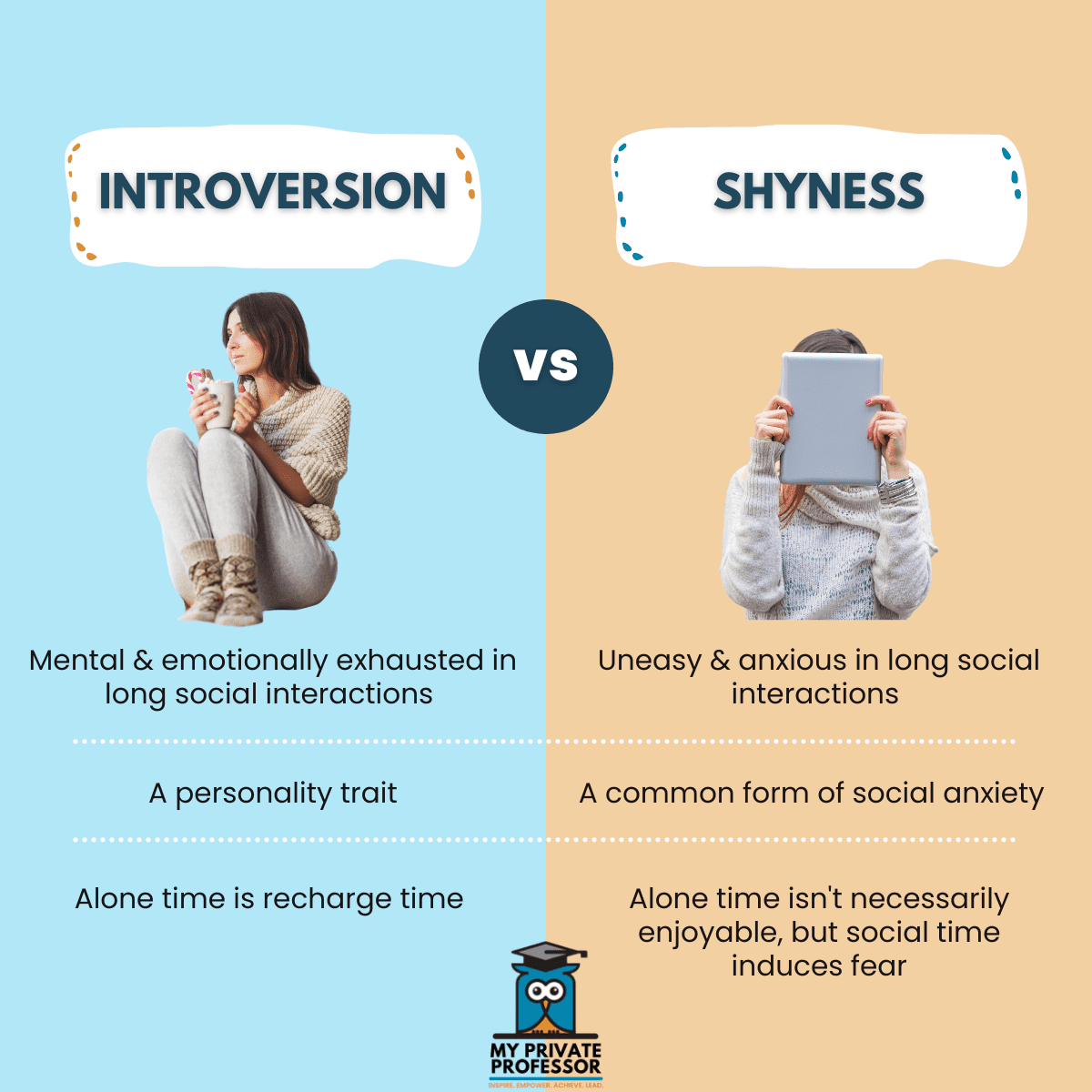How Does A Person Become An Introvert

In a world that often celebrates the outspoken and extroverted, understanding the roots of introversion has become increasingly relevant. Is it a matter of genetics, a product of upbringing, or a combination of both? The answer, as research suggests, is complex and multifaceted.
This article delves into the science behind introversion, exploring the various factors that contribute to its development. We will examine the roles of genetics, early childhood experiences, neurological differences, and cultural influences, offering a comprehensive look at how an individual comes to identify as an introvert.
The Genetic Blueprint
The influence of genetics on personality is a well-established concept. Twin studies, comparing identical and fraternal twins, have provided valuable insights into the heritability of various traits, including introversion and extroversion.
Research consistently shows a significant genetic component to personality traits. A study published in the Journal of Personality and Social Psychology found that approximately 40-60% of the variation in introversion-extroversion could be attributed to genetic factors.
However, it's crucial to note that genetics doesn't determine personality outright. Genes are not destiny. They provide a predisposition, a framework upon which experiences and environment build.
The Impact of Early Experiences
Early childhood experiences play a pivotal role in shaping personality. The environment in which a child grows up, the relationships they form, and the experiences they encounter can all contribute to the development of introverted tendencies.
For instance, children who grow up in overstimulating or chaotic environments may develop introverted traits as a coping mechanism. Similarly, children who experience trauma or neglect may withdraw and become more introspective.
According to developmental psychologists, secure attachment in early childhood is crucial for social and emotional development.
"Children who experience secure attachment are more likely to develop the confidence and social skills necessary to navigate social situations comfortably,"explains Dr. Anya Sharma, a leading expert in child psychology.
The Neurological Perspective
Advances in neuroscience have shed light on the neurological differences between introverts and extroverts. Brain imaging studies have revealed that introverts and extroverts process information differently.
Research suggests that introverts have heightened activity in brain regions associated with self-awareness and planning, such as the prefrontal cortex. This may explain why introverts tend to be more reflective and deliberate in their actions.
Furthermore, introverts tend to have a greater sensitivity to dopamine, a neurotransmitter associated with reward and motivation. This heightened sensitivity means that introverts can become easily overstimulated by external stimuli, leading them to seek quieter, less stimulating environments.
Cultural Influences
Cultural norms and values can also influence the expression of introversion. In cultures that prioritize collectivism and social harmony, introverted traits may be more accepted and even valued.
Conversely, in cultures that emphasize individualism and assertiveness, introverts may feel pressured to conform to extroverted ideals. Susan Cain, author of Quiet: The Power of Introverts in a World That Can't Stop Talking, highlights the societal bias toward extroversion in Western cultures.
"Our schools, workplaces, and social institutions are often designed to cater to extroverts, leaving introverts feeling marginalized and misunderstood,"Cain argues.
The Interplay of Factors
Ultimately, introversion is likely the result of a complex interplay of genetic, environmental, neurological, and cultural factors. It's not a simple case of nature versus nurture, but rather a dynamic interaction between the two.
Some individuals may be genetically predisposed to introversion, while others may develop introverted traits as a result of their experiences. The relative contribution of each factor can vary from person to person.
Understanding the multifaceted nature of introversion is essential for fostering a more inclusive and accepting society.
Looking Ahead
Future research will likely focus on further unraveling the complex interplay of genes, environment, and brain function in the development of introversion. Advances in genetics and neuroscience may provide even greater insights into the biological basis of personality.
By gaining a deeper understanding of introversion, we can create environments that are more supportive and accommodating for individuals of all personality types. This includes designing workplaces, schools, and social settings that cater to the needs of both introverts and extroverts.
Ultimately, embracing the diversity of personality is crucial for fostering a more innovative, creative, and harmonious society. Recognizing the strengths of both introverts and extroverts allows us to leverage the unique talents and perspectives that each brings to the table.



:max_bytes(150000):strip_icc()/2795427-signs-you-are-an-introvert-5ae1ee6f0e23d9003989ee1e.png)














